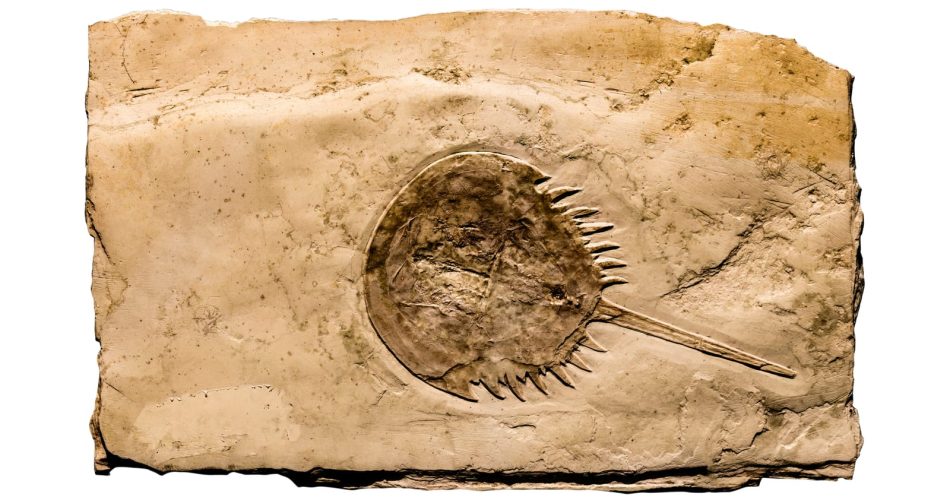In the vast history of life on Earth, the overwhelming majority of species that ever existed are now extinct—around 99%, to be exact. Yet, a small number of creatures have managed to defy the odds. These species, sometimes called “living fossils,” have survived millions of years with little or no changes to their bodies. How have they managed to persist for so long, while countless others vanished? What makes them unique, and what can we learn from their extraordinary longevity?
According to Popular Mechanics, of the estimated 7.7 million species of animals alive today, most are a product of continuous adaptation. Changing climates, ecosystems, and predators have driven them to evolve rapidly, with only the most adaptable surviving. However, some species have remained virtually unchanged for millions of years. This phenomenon is not only rare but also fascinating. Why did evolution leave these creatures nearly untouched?
Take the platypus, a creature that appears to defy logic with its mix of features from different animal groups. Part duck, part otter, part beaver, this egg-laying mammal has a history that stretches back 150 million years. Its odd combination of traits—webbed feet, a beaver-like tail, and even venomous spurs—makes it one of the planet’s most peculiar animals. Yet, what’s more astonishing is how little the platypus has changed over all these millennia, suggesting that it adapted so well to its environment early on that further evolution was unnecessary.
The Unchanging Few
The platypus isn’t alone in its ancient lineage. Goblin sharks, which have haunted the deep sea for over 100 million years, are often referred to as “living fossils” due to their eerie resemblance to their prehistoric ancestors. Other creatures, like sponges and jellyfish, go back even further. Sponges, thought to be among the oldest surviving animals on Earth, have been around for over 660 million years, while jellyfish have roamed the oceans for at least 500 million years. These animals seem almost immune to the evolutionary pressures that have shaped so many other species into extinction.
Laurence Mueller, an expert in evolutionary biology from the University of California, Irvine, believes the stability of marine environments has helped these species endure. “Marine environments, compared to terrestrial ones, are generally more stable,” explained in an interview with Popular Mechanics, Mueller. “Land environments experience greater fluctuations in water availability, temperature, and other factors, which drive faster evolutionary change.”
Not All Species Stay the Same
While some creatures have seemingly remained static, others evolve at a rapid pace. A well-known example comes from the Galapagos finches, famously studied by Charles Darwin. During a drought in the 1970s, finches with larger beaks were able to survive by eating larger seeds, while those with smaller beaks struggled. Over time, the population shifted towards larger beaks, a classic example of natural selection in action.
This rapid adaptability is not unique to the Galapagos finches. Studies conducted on wild bird populations in the Netherlands have shown that environmental changes can drive quick evolutionary responses. For instance, in warmer springs, birds that bred earlier were more successful at passing on their genes, which resulted in future generations also breeding earlier.
Broad Adaptability and a Bit of Luck
But if change is a constant in evolution, how do some species survive without changing at all? One reason, according to researchers, is that these species tend to be broadly dispersed across various regions. For example, the tiger, which has remained largely unchanged for 2.5 million years, lives across diverse habitats, from dense forests to grasslands. This widespread distribution offers a form of insurance: if one population dies off due to environmental changes, others in different locations can continue to thrive.
Moreover, some ancient species are generalists—they aren’t overly specialized for a particular niche. This flexibility allows them to survive in various environments and avoid the pitfalls that come with overspecialization. For instance, while some animals may evolve specific traits to thrive in one habitat, they become vulnerable when that habitat changes. The horseshoe crab, which has existed for over 445 million years, exemplifies this principle. Its simple body structure and hard shell have proven effective across different environments, making it one of Earth’s longest-surviving creatures.
Interestingly, some of the planet’s most ancient species are not highly specialized. Overspecialization, it seems, limits a species’ ability to adapt to new conditions, making it more prone to extinction. The fact that Australia’s marsupials and monotremes, like the platypus, have thrived for so long may be attributed to their geographic isolation, which protected them from outside competition and predators.

